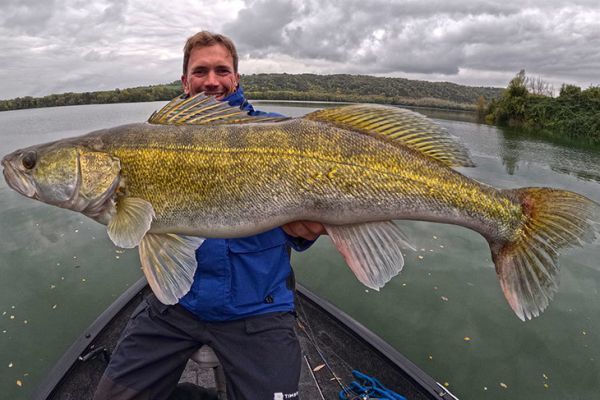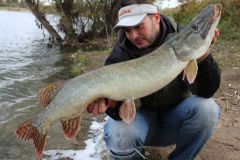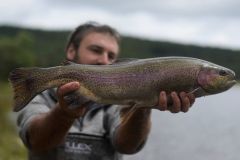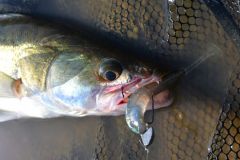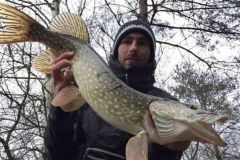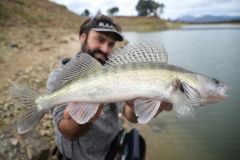Vertical fishing is an essential method for targeting large pike-perch, especially in the off-season when the water cools. Here's a three-step plan for mastering this technique, particularly on large rivers.
Finding the right job: the current vein
The first crucial element is to locate an area of current, ideally at the crossroads of a backwater or lake. Pike-perch like to position themselves on the periphery of these areas, where the current slows slightly. Look for these places by relying on current variations and bottom upwellings on the depth sounder. Pike-perch often concentrate in very specific areas, at the boundary between calm waters and current-stirred waters, especially in the aftermath of floods.
Vertical fishing with visible, vibrating soft lures
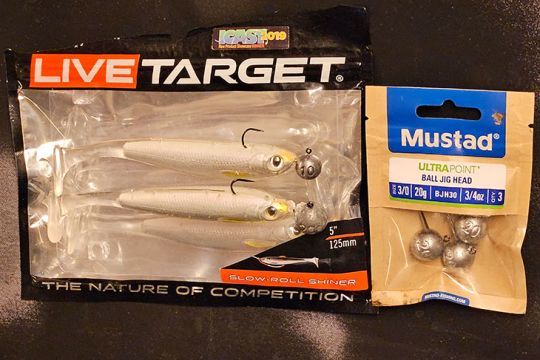
Once you've found the spot, the technique is to fish vertically with soft lures that are clearly visible in the water. Bright colors such as white, yellow or orange are ideal for attracting the attention of pike-perch, especially in turbid waters. It's much easier to fish slowly with an electric motor, at a speed of 0.4 to 0.8 knots. The lure should be lifted 20 to 30 cm above the bottom, letting its vibrations do the work.

This realistic presentation of the lure close to the substrate but slightly off the ground is often the key to success.
Targeting frontage areas between dirty and clean water
Large pike-perch feed mainly in front zones.
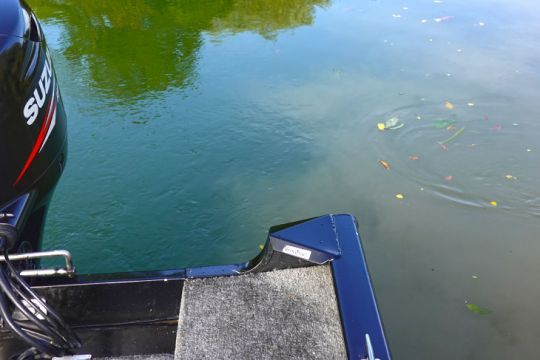
These zones are often found at the boundary between clear and turbid water, as seen on the water surface, or between two water masses of different temperatures. For example, a difference of a few degrees between the current (13°C) and a calm zone (15°C) can attract pike-perch, which you can see on the depth sounder. It's in these transition zones that the larger specimens feed, taking advantage of changes in temperature and sedimentation to hunt effectively.
By following these three steps, you'll optimize your chances of catching big pike-perch, taking full advantage of the river's specific features and fish behaviour.

 /
/ 